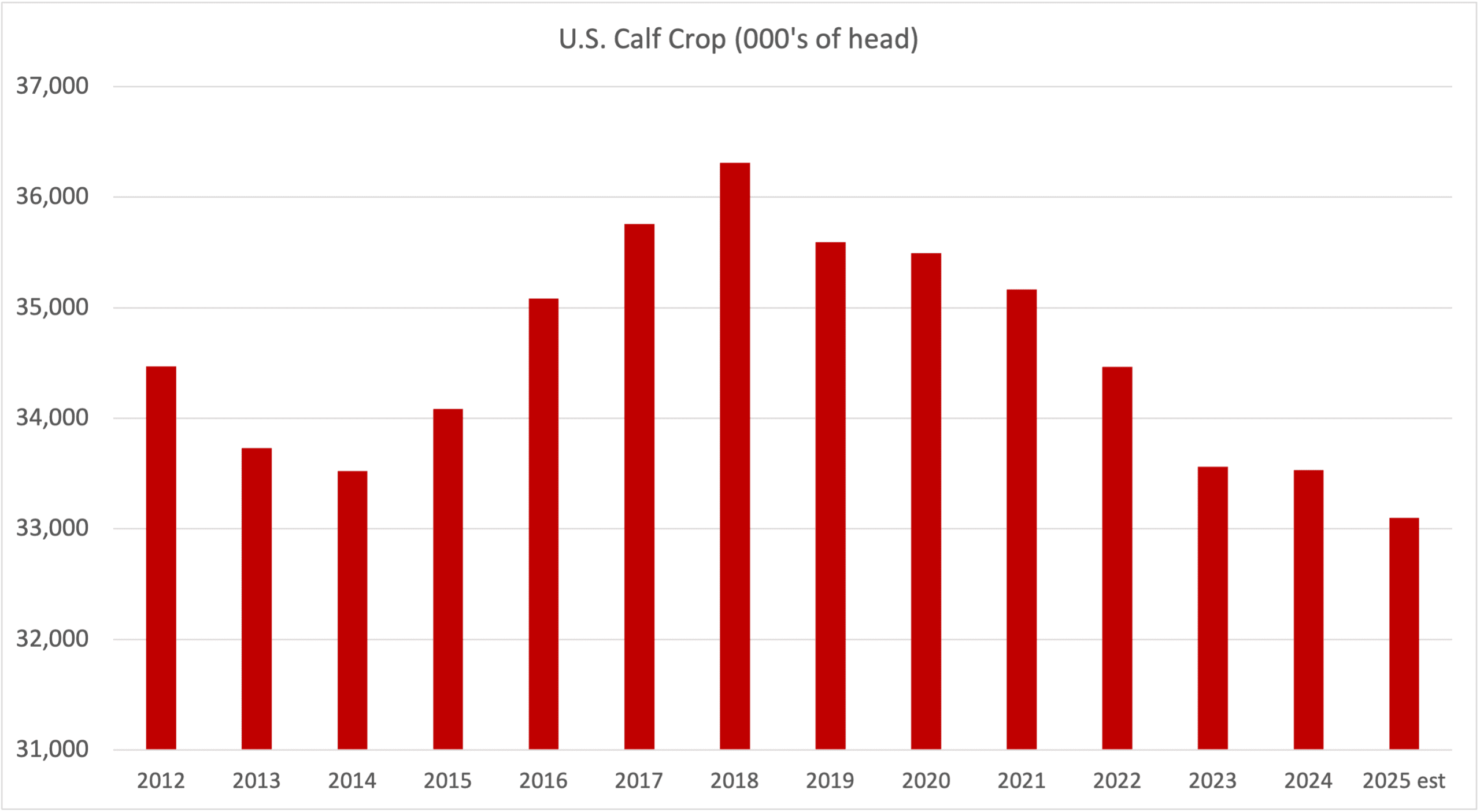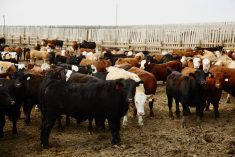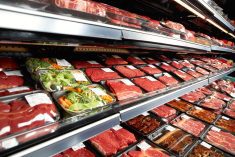I’ve received many inquiries from cattle producers regarding beef demand. Throughout the pandemic, consumers ate more beef at higher prices. This was the only recession in history where incomes increased on average due to government stimulus packages. There was also a change in taste or change in behaviour. Social restrictions and the fear of catching the virus caused people to eat at home, instead of in restaurants. Wholesale and retail prices reached historical highs in 2021 and there was a divorce between the wholesale and cattle markets.
Looking forward, North American provinces and states are lifting social restrictions. It’s now up to the individual to assess the situation and take appropriate precautions as per their risk tolerance. Restaurant traffic has nearly recovered to pre-pandemic levels. People are eating out more often and less beef is consumed at home. Approximately 40 per cent of Americans are living paycheque to paycheque. This change in consumer behaviour comes at a time when the overall U.S. economy is at risk of recession. Beef demand is not increasing and has the potential to decrease in the latter half of 2022. I’ll explain why in this article.
There are three factors to consider when analyzing beef consumption. There is an old rule of thumb that a one per cent increase in consumer spending results in a one per cent increase in beef demand. Second, the price of substitutes has very little influence on beef demand. Third, the pandemic also caused a behaviour change. Keep these factors in mind as I discuss beef demand.
Read Also

Factors influencing cattle feeder market during the fall of 2025
Market analyst Jerry Klassen weighs in on live cattle markets
During the pandemic, Americans and Canadians ate more beef at higher prices. This trend is now reversing for two reasons. Consumers’ incomes increased during the pandemic due to the government stimulus packages. Consumer income is now below year-ago levels. The latest data for February shows that U.S. wages are up 5.1 per cent from year-ago levels but inflation is up 7.9 per cent. Real wages in the U.S. are down 2.8 per cent from last year. In Canada, real wages are down 2.6 per cent. Consumer income has decreased; therefore, beef demand will also decrease.

Consumer behaviour is also reverting to pre-pandemic consumption patterns. COVID-19 caused people to eat at home as a family. When people eat at home, there are often second helpings. Sometimes, there can be leftovers consumed at a later period. Recent data has restaurant traffic in Canada and the U.S. running at similar levels to 2019. There has been a massive shift in consumer behaviour that influences beef demand on two levels. First, restaurant-sized portions are smaller than at-home portions. Second, restaurant prices include inflationary factors such as wages, energy and real estate or rent. The same piece of steak costs more in a restaurant than at home.
Consumer income has declined; consumer behaviour has changed with the recovery in restaurant traffic. In addition to these two factors, three major indicators suggest that the U.S. economy is about to experience a recession as consumers rein in spending:
1) When U.S. inflation has been higher than six per cent, this is usually the onset of a recession. Supply chain backlogs, Chinese lockdowns, Chinese and U.S. trade conflicts, Russian sanctions, tariffs and non-tariff barriers are all inflationary factors that will not be influenced by rising interest rates.
2) The University of Michigan Consumer Sentiment index is at historical lows. When consumers and businesses have no confidence in their future, the economy tends to move into the contraction phase.
3) The U.S. bond yield curve is flattening or inverting. When the short-term bond yields are higher than longer-term bond yields, investors expect lower economic output longer term. The central banks are poised to increase their lending rates as well, which will drive short-term yields higher.
Beef demand is expected to decrease in the latter half of 2022. The factors that caused stronger beef demand during COVID-19 are now reversing. The U.S. economy has a high probability of recession in the third or fourth quarters of 2022. Consumer incomes are decreasing. Inflation has the potential to increase over the next twelve-month period, which will result in a sharper decline in real wages.
















